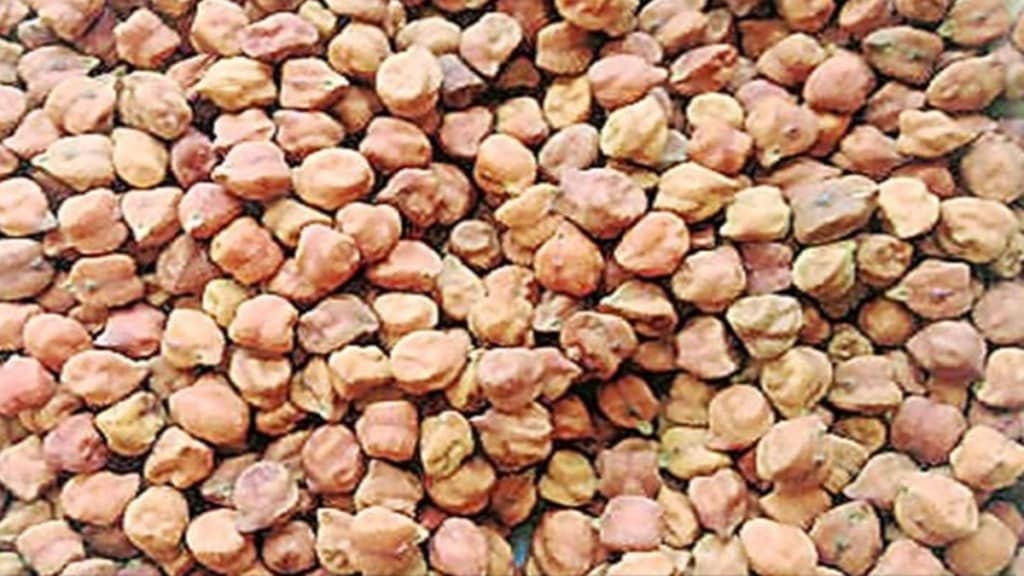Five states – Gujarat, Madhya Pradesh, Kerala, Andhra Pradesh and Tamil Nadu have expressed their intention to purchase more than 0.3 million tonne (MT) of chana (gram) from the buffer stocks being offered by the Centre at the discounted rate of Rs 8/kg for distribution under various social welfare schemes.
These pulses will be supplied by the states through various social sector schemes, including mid-day meals and Integrated Child Development Services (ICDS).
In August last year, the Cabinet had approved the disposal of 1.5 MT of chana from the surplus buffer stock held with the farmers’ cooperative Nafed to states.
Also read: Gujarat Govt announces new regularisation policy for unauthorised construction in industrial estates
This was for supplying through various social sector schemes — public distribution system, mid-day meal schemes etc.
The states and Union territories have given a time-frame of one year or till disposal of 1.5 MT of chana for availing benefits of the scheme.
The government is expected to incur an expense of Rs 1,200 crore for the implementation of the scheme.
The key purpose of the scheme was to create space for warehouses required for the procurement of gram from April 2023 onward.
Also read: Traders expect Rs 13 lakh crore business this wedding season: CAIT
At the beginning of January, 2023, against the government’s buffer stock norm of 2.3 MT, Nafed has close to 3 MT of pulses.
Of this, the chana stock is more than 2.1 MT.
A portion of the stock is close to two years old.
However, in the case of other varieties of pulses, because of lower procurement, the government’s stocks are smaller — moong (0.62 MT), urad (0.08 MT) and tur (0.05 MT). at present.
Due to a record chana production of 13.75 MT in the 2021-22 crop year (July-June), Nafed procured more than 2.5 MT of pulses in the 2022-23 (April-June) season under the price support scheme, aimed at providing minimum support price (MSP) to farmers.
Meanwhile, Nafed has been selling chana in the open market to bulk buyers at around Rs 4700 per quintal through tendering process.
Currently, mandi prices of chana are ruling around Rs 4,800-4,900 a quintal against an MSP of Rs 5,335 a quintal for the 2022-23 season.
“Because of continuous selling by Nafed in the open market keeping the prices below MSP,” Harsh Rai, head, Mayur Global Corporation, an agri-business firm, told FE.
Gram inflation in December, 2022 declined by 2.01% on year.
The pulses variety has a share of close to 50% in the country’s production of 27.69 MT in the 2021-22 crop year.
Stating that Nafed often offloads in the market at discounted prices and this leads to sharp decline in market prices of the commodity, the Commission for Agricultural Costs and Prices (CACP), in its report of price policy for rabi crops for the marketing season 2022-23, has stated it was highly desirable to fix a reserve price that is linked to MSP, for disposal of stocks similar to wheat and rice, under the Open Market Sale Scheme being implemented by the Food Corporation of India.

